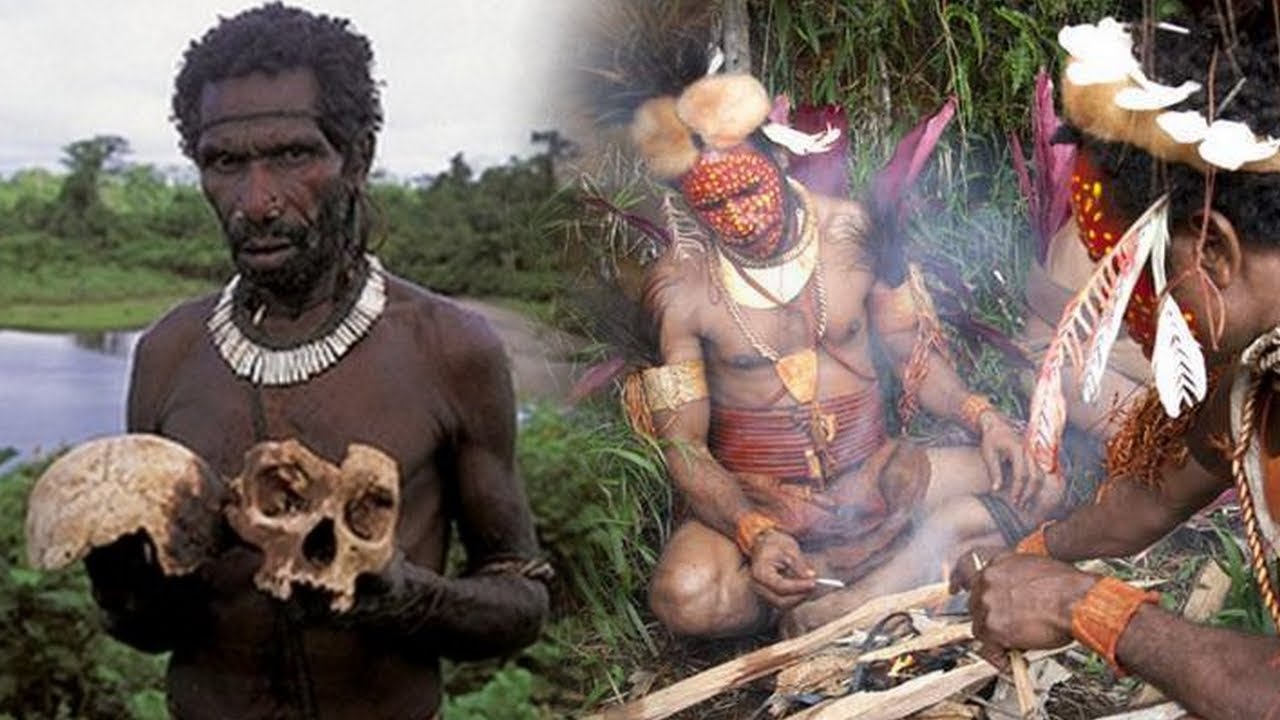Kuru and the Fore People: Unraveling the Legacy of Cannibalism
Deep within the rugged landscapes of Papua New Guinea, the Fore people, renowned for their cannibalistic rituals, were thrust into the global spotlight during the 20th century due to the devastating effects of a disease called Kuru.
Kuru, meaning "trembling with fear," afflicted the Fore community, predominantly affecting women and children. it rapidly spread within the population, detailing the devastating impact it had on the Fore people and their way of life. The tribal community contracted the disease by performing cannibalism on corpses during funeral rituals.
Cannibalism, the act of consuming the flesh or organs of another human being, has been practiced throughout history and across various cultures. Yes! It's a bit disturbing that over hundreds of decades some tribes are literally eating their own agnate.
In the kuru-affected region, all methods of disposal of the body involved being eaten.
To comprehend the cannibalistic practices of the Fore people, it is crucial to explore their underlying beliefs and spiritual connections. Their approach was, if the body was buried it was eaten by worms, if it was placed on a platform it was eaten by maggots, the Fore believed it was much better that the body was eaten by people who loved the deceased than by worms and insects. By eating the dead, they were able to show their love and to express their grief.

Shirley Lindenbaum, a medical anthropologist with the City University of New York explained, "Women removed the brain, mixed it with ferns, and cooked it in tubes of bamboo. They fire-roasted and ate everything except the gall bladder. It was primarily adult women who did so." Up to 200 people a year had been dying of Kuru which was caused by that cannibalistic practic at that time.
The Fore stopped the practice of mortuary feasts more than 50 years ago, cases of kuru continued to surface over the years, because the prions could take decades to show their effects.
According to Michael Alpers, a medical researcher at Curtin University in Australia who tracked kuru cases for decades, the last person with kuru died in 2009. His team continued surveillance until 2012, when the epidemic was officially declared over.
Practice of cannibalism can also be noticed among the Asmat tribes of Indonesia. Check out our story on the Asmat tribe.


Comments
Post a Comment